Best Resale Value: premium medium SUVs
Money conscious consumers know all new vehicles lose value over time, especially luxury ones. But that doesn’t mean you’re helpless. Here are the best premium medium SUVs for holding their resale value, so you can get the best price down the road
Similar to the non-premium medium SUV class, the premium mid-size SUV class is just as, if not more lucrative.
Sales are up a whopping 69.8 per cent in 2023 in Australia compared with 2022, helped by more and more models being introduced here in recent times.
The most popular model for the year was the Tesla Model Y, accounting for 28,769 units out of the total 65,066 delivered in the segment. Maths fans will be quick to notice that’s almost 50 per cent market share.
Part of its success can be attributed to the rise in demand for EVs, but also stock and supply challenges that haven’t impacted Tesla as much as some of the other brands; Australian-delivered Model Ys are built in China which does help the process. Either way, that is a big lead on the rivals, with the second-favourite, the Lexus NX, reporting 6875 deliveries.
For this report we’ll investigate how the best-sellers have weighed up after five years of ownership, and then compare them to the lower-volume models. We’ll use the flagship variant of each to compare for consistency.
The lower-end models are hand-picked and not necessarily in sequence of popularity because some have not been on sale for five years or more; we haven't included those, such as the Cupra Ateca, despite being relatively unpopular as well.
Here’s a list of the models we’ll look at, and their respective new registration figures (sales) throughout 2023:
Best-selling SUVs in this class in 2023
Tesla Model y: 28,769
Lexus NX: 6875
Audi Q5: 4210
BMW X3: 4002
The Mercedes GLC SUV only sold 3631 units in 2023, putting it behind BMW’s X3 and 16 per cent down on its previous year.
Interestingly the Mazda CX-60 - entirely new to the market in 2023, recorded 2779 sales, meaning in its debut year it’s already creeping up on the established prestige brands.
Tesla Model Y
We can’t properly compare resale values of the Tesla because the Model Y only hit the market in 2022. But as a guide, the flagship Model Y Performance in 2022 retailed from $100,235.
Now, the resale range on the used car market is between $71,850 and $77,650, for an average of $74,750. That means it has lost $25,485 in just 1.5 years, or 25.4 per cent of its value. That’s not a good start.
For further perspective, the flagship 2019 Tesla Model S P100D Performance (a large sedan) retailed from $228,375. The resale guide today is between $130,200 and $140,950, for an average value of $135,575. That means it has lost $92,800 in five years, or 40.6 per cent of its original price.
Lexus NX
This has been a solid performer since it arrived on the scene about 10 years ago. It’s built on the same platform as the Toyota RAV4 but it features unique powertrain options and is filled with more luxuries and higher quality appointments.
Today, Lexus offers a 2.5L petrol, 2.4L turbo-petrol, a 2.5L hybrid, and a 2.5L plug-in hybrid. Customers can also select between three main trim levels; Luxury, F Sport and Sports Luxury, and both front- and all-wheel drive options are available.
Rewind to 2019, the flagship model was the NX 300h Sports Luxury. Prices started from $77,200, and now the resale guide for one of these is between $46,950-51,400, for an average price of $49,175. That’s a loss of $28,025 over five years, or 36.3 per cent down from its initial cost price.
Audi Q5
This has been a stable and rather quiet proposition in the luxury SUV class since around 2009. Sales have been fairly consistent over the years, but it’s rarely been at the front of the class, instead remaining just behind the leaders.
Today’s lineup includes petrol and diesel options, and limited front-wheel drive packages with most featuring Audi’s well-known quattro all-wheel drive technology. Excluding the performance SQ5 nameplate, prices range from $73,400 and top out at $106,600.
In 2019, the MY19 lineup was topped by the 50 TDI sport. It retailed from $84,700 when new, and now today, the resale guide is between $39,750 and $43,650, for an average value of $41,700. Whipping out the calculator reveals it has lost $43,000 in five years. That equates to a loss of 50.7 per cent.
BMW X3
The X3 is a bit of a veteran in this class, having been a player on the field since way back in 2003. BMW has dissected its lineup in recent times so it now includes the fully electric iX3, the performance-focused M40i, and the hardcore X3 M Competition.
Seven main variants (excluding the M) are on sale today, including the iX3 and M40i, as well as the 20i, 20d, 30i, 30d, and 30e plug-in hybrid. Starting prices range from $81,700 and top out at $126,800 for the M40i. The iX3 starts from $89,100.
Since we excluded the SQ5 in the Audi mentioned above, we’ll exclude the M40i and iX3 here. That leaves the 30d as the flagship. In 2019 this model retailed from $83,900 and now the resale guide is between $46,450 and $50,850, leaving an average figure of $48,650. That’s a loss of $35,250, or 42.0 per cent.
Here are the least depreciating vehicles - keeping in mind if you we’re to (hypothetically) double the lifespan of the relatively young Model Y in this instance, it would be among the worst depreciating vehicles, not the top:
$25,485 (after 1.5 years) (-25.4%)
$28,025 (-36.3%)
$36,462 (-39.0%)
$35,325 (-41.6%)
$35,250 (-42.0%)
2022 Tesla Model Y Performance
2019 Lexus NX 300h Sports Luxury
2019 Range Rover Evoque P300 HSE
2019 BMW X4 xDrive30i
2019 BMW X3 xDrive30d
I'll help you save thousands on a new premium SUV here
Just fill in this form. No more car dealership rip-offs. Greater transparency. Less stress.
BUDGET SELLERS
BMW X4
It's the coupe-inspired sibling of the X3, the X4. It hasn’t seen as much success in Australia as overseas, but it was the ninth least popular model in this segment during 2023. But because some less-popular rivals have only been on sale for a year or two, we’ve had to exclude them from this five-year resale report, as mentioned. This is next in line.
BMW Australia currently offers three main variants, excluding the M Competition, spanning from the 20i, 30i, to the M40i. Like with the X3, we’ll only look at the mainstream variant for consistency, which leaves the 30i as the flagship. Power comes from a longitudinally-mounted 2.0-litre turbo-petrol producing 190kW.
Back in 2019 the X4 xDrive30i started from $84,900. Today, the resale guide is between $47,300 and $51,850, for an average price of $49,575. That’s a loss of $35,325, or 41.6 per cent. It’s interesting to see the X4 appears to hold its value slightly better than the X3. Although, we’ve had to compare diesel to petrol which could skew the results.
Range Rover Evoque
Land Rover launched the Evoque in 2012 as an entry option for those seeking the Range Rover experience, on a budget. It was originally based on the Ford EUCD platform but later JLR further evolved and revised the platform, and changed its name to the PTA layout. It's still loosely based on that layout, which was leftover from Ford's ownership of JLR back in the days.
The local arm currently offers five different variants, all featuring some form of electrified powertrain, including a full plug-in hybrid offering called the P300e. Prices span from $80,270 to $115,975.
In 2019, the P300 R-Dynamic HSE was the top model, priced from $93,362. Now, the resale guide is between $54,400 and $59,400, for an average of $56,900. That’s a loss of $36,462, or, in percentage terms, a 39.0 per cent drop from the new-car price.
Land Rover Discovery Sport
When Land Rover launched the Discovery Sport in 2015 it was a very exciting model. And sales proved that. In its peak year of 2018, sales topped out at an impressive 4547 units. It was the best-selling model in its class.
Buy boy, have the tables turned. Land Rover managed to sell just 176 examples during 2023, down from 549 in 2022. Mind you, JLR has been experiencing some significant production/delivery delays since the COVID-19 pandemic. Even so, that’s a massive drop in numbers in just 5-6 years.
Today, there are three different variants to choose from, with prices ranging from $83,720 up to $102,125. The top model, the P300e, features a 1.5-litre turbo paired with an electric motor assist system, with hybrid power maxing out at 227kW.
In 2019 the flagship model was the D240 HSE. Prices started from $79,700, and now the resale guide is between $38,350 and $42,100, for an average value of $40,225. Despite its low popularity on the new-car market, the resale value is not the worst here. The difference means it drops $39,475 in five years, or 49.5 per cent.
Alfa Romeo Stelvio
This is an SUV full of passion and style. But, in Australia at least, not many consumers in this segment are looking for that recipe. Sales were down 41 per cent in 2023 compared with 2022, from 283 units to 167. And in fact in 2020, its peak year in Australia, the nameplate experienced only 414 sales.
Today, there are three main variants on offer including a high-performance Quadrifoglio version (and a 100th Annivesario edition). The entry Ti starts from $77,950, which is a relatively low starting point for this class. It should attract buyers on that alone. But there is obviously more to it.
In 2019 there were a few more variants on offer, including a turbo-diesel option that has since been deleted. Aside from the Quadrifoglio, the flagship was the Ti, featuring a 2.0-litre turbo-petrol four-cylinder generating 206kW.
Prices started from $78,900 and now the resale guide is between $38,800 and $42,650. That’s an average of $37,675, which means it has lost $41,225 in value after five years. That’s the highest percentage drop of this lineup, at 52.2 per cent.
2019 Land Rover Discovery Sport D240 HSE $39,475-49.5%
2019 Audi Q5 50 TDI $43,000-50.7%
2019 Alfa Romeo Stelvio Ti $41,225-52.2%
The best buy?
As you can see, resale values can vary a lot between different makes and models, even in premium segments. It’s blindingly obvious the Lexus NX is the smartest buy in this comparison, in terms of it being able to hold onto as much of its original value as possible.
The NX also offers one of the lowest entry prices, too, so you don’t need to spend up big in the first place. See the table below for a quick snapshot of the results.


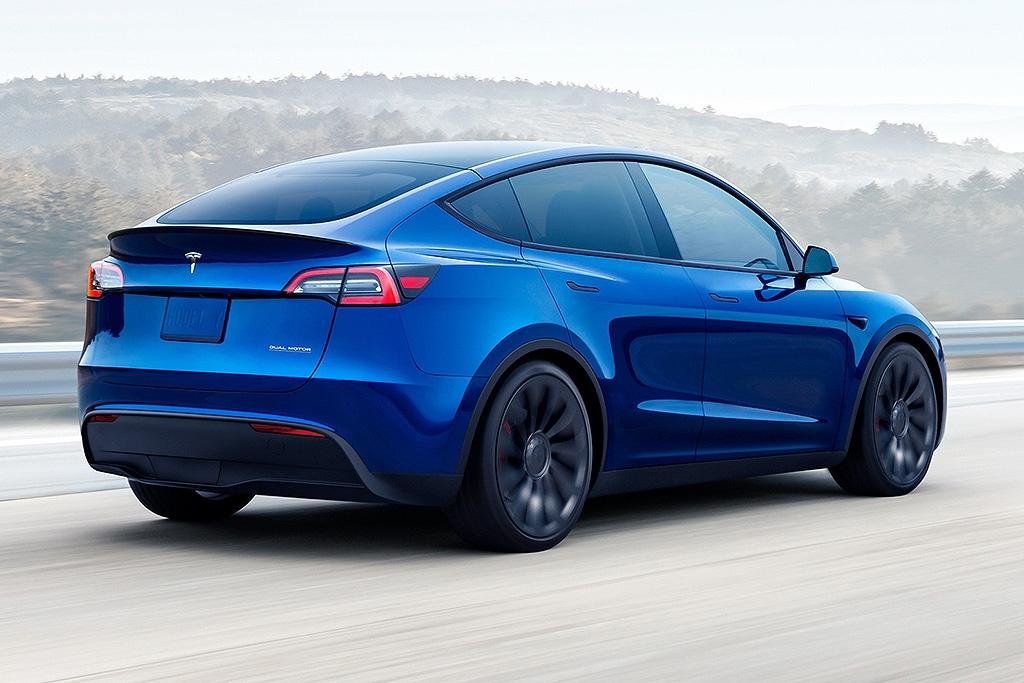
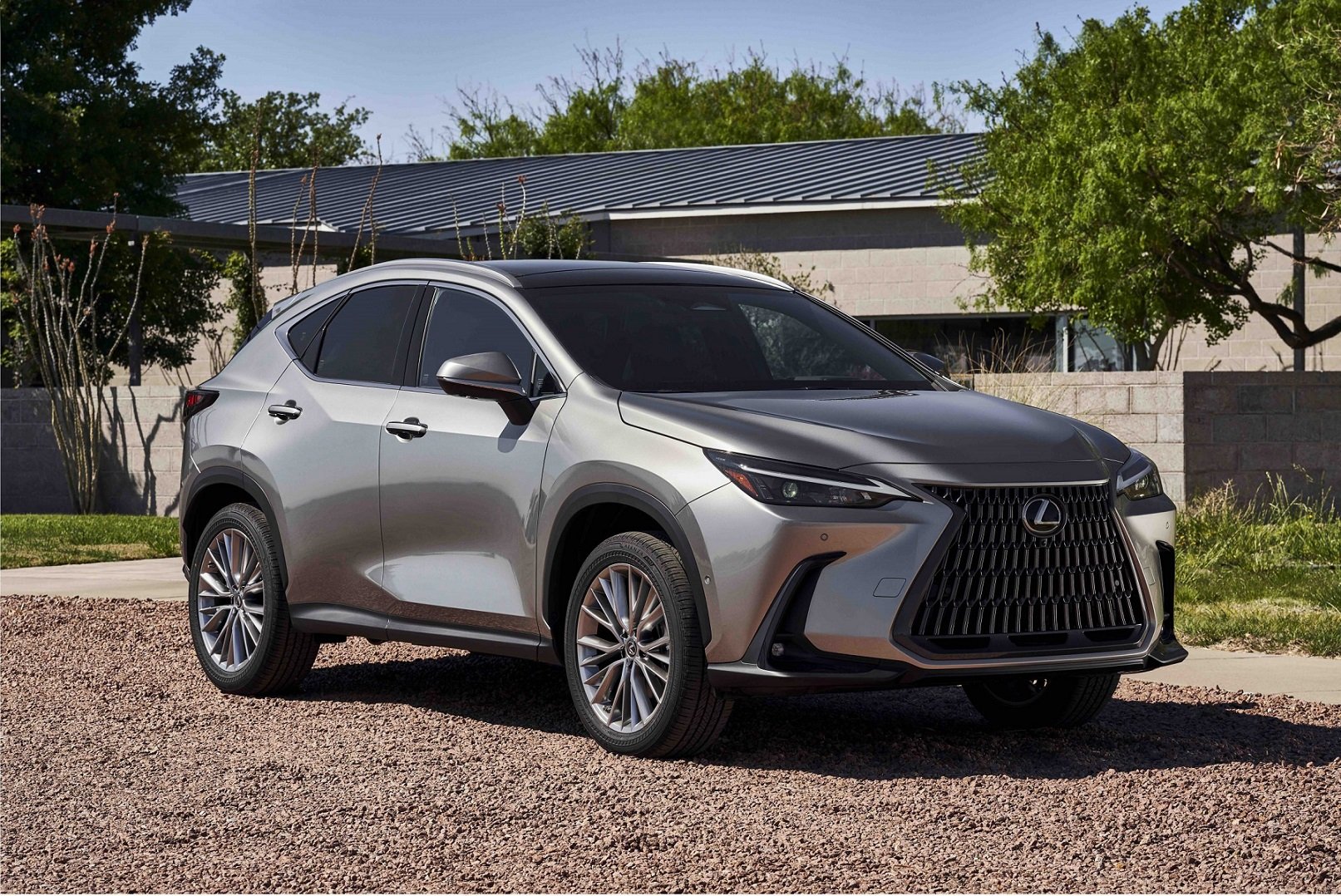
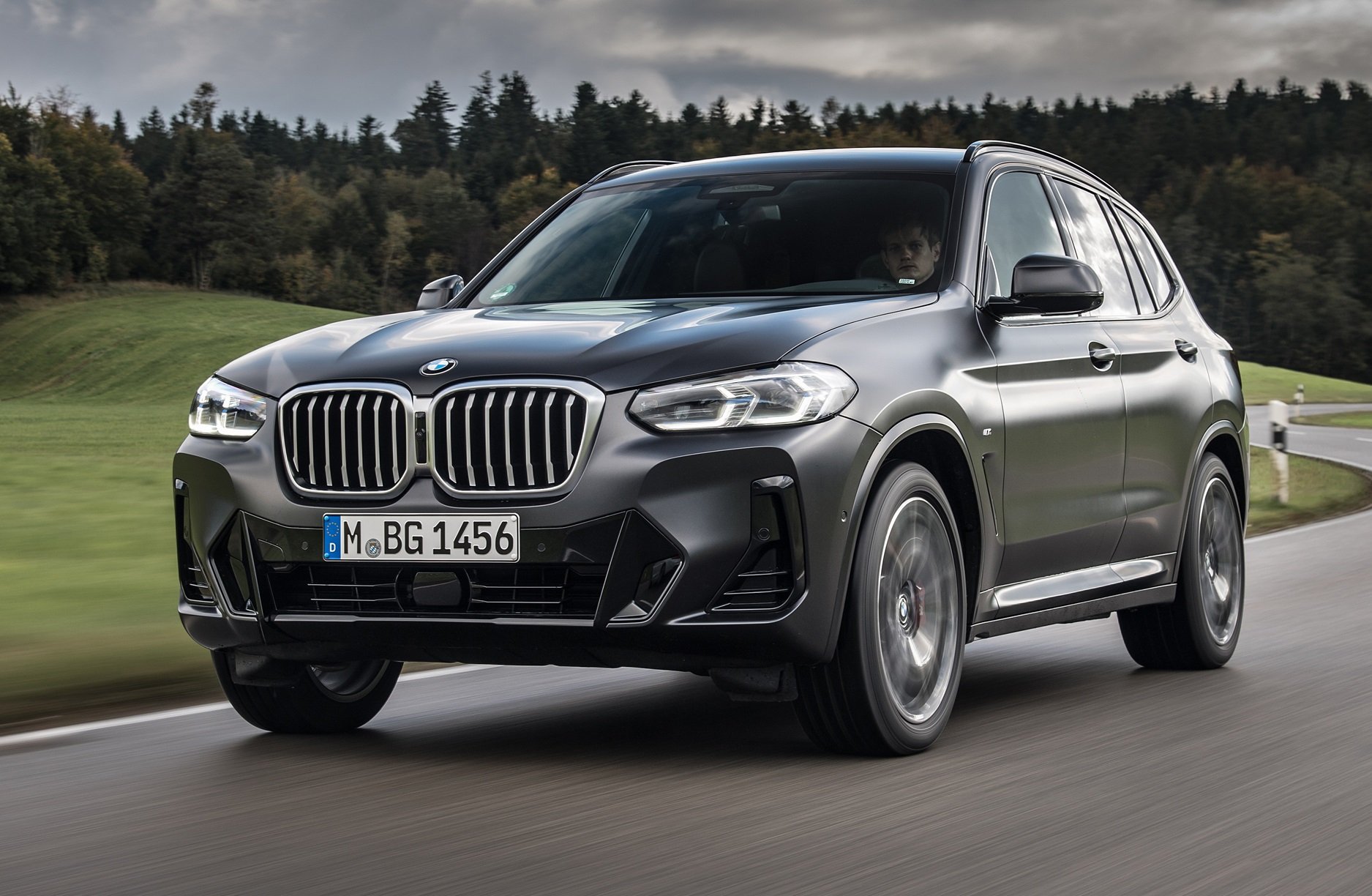

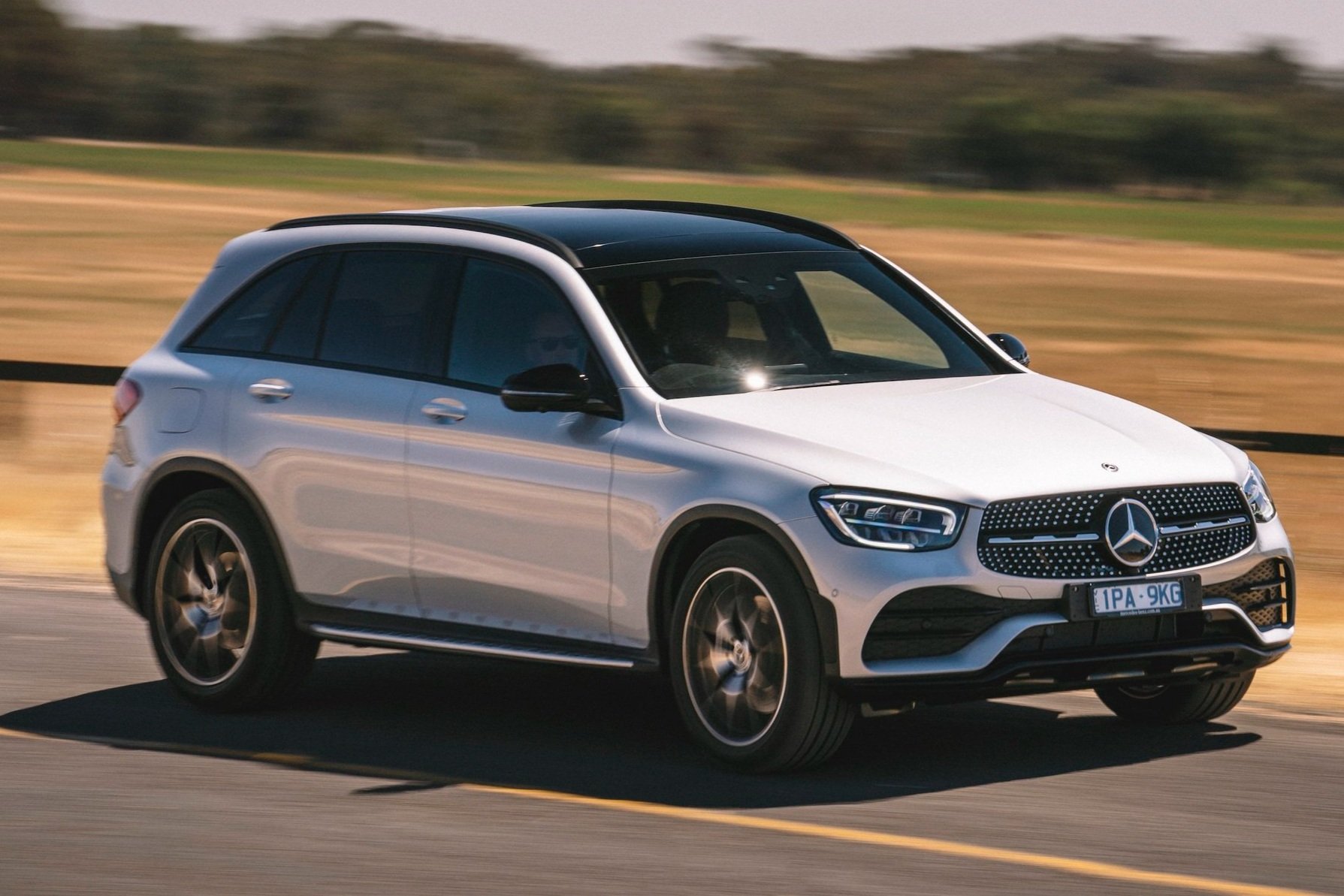
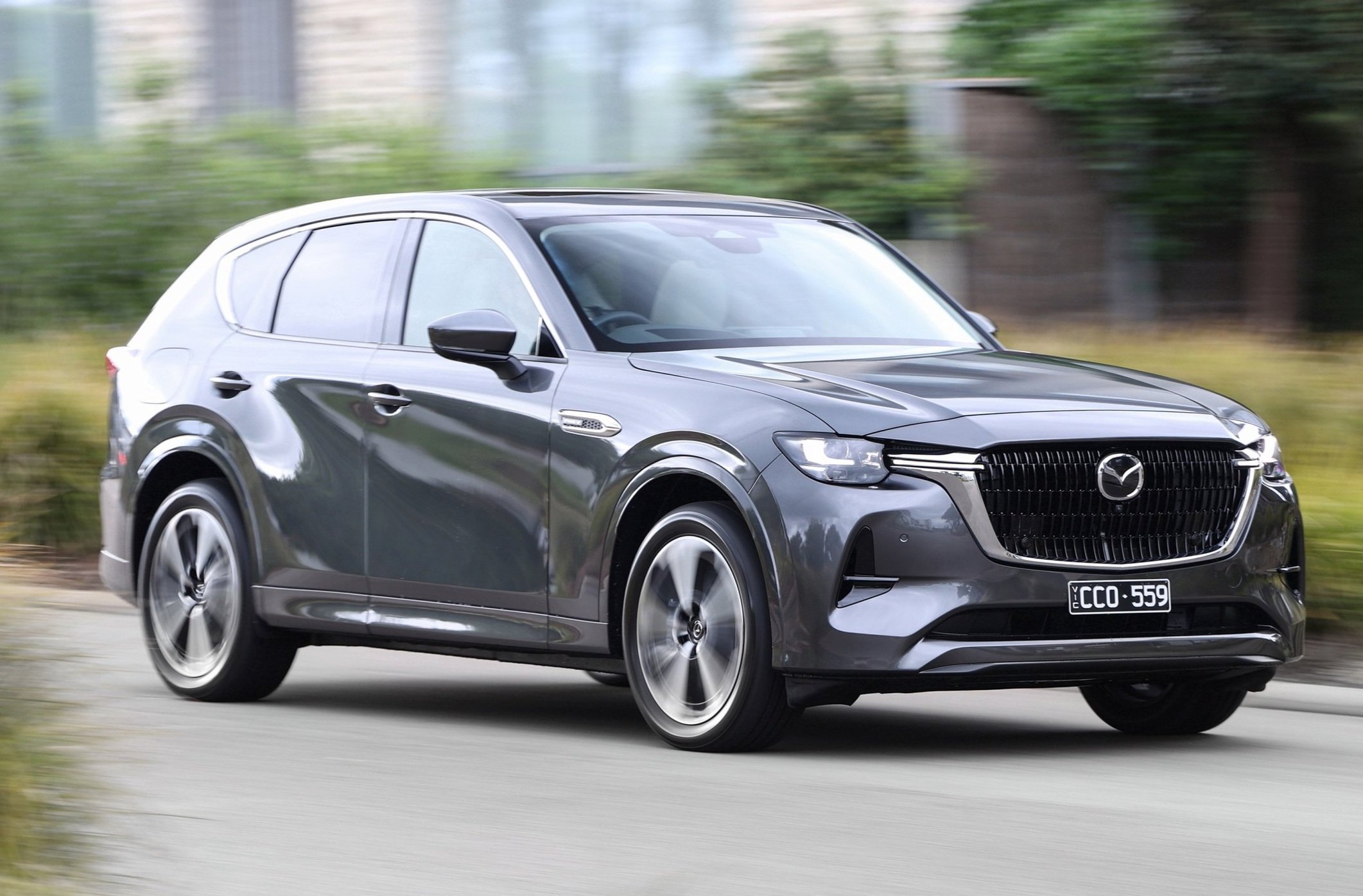











The MG ZS is a small SUV that offers such strong value to most buyers that it should be on your shortlist be default, even when shopping for a used car. But given that no car is perfect, the price could easily distract from its drawbacks.